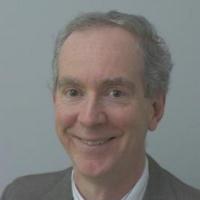SystemX Affiliates: login to view related content.

In the early days of integrated data converters, calibration was limited to factory adjustments made with programmable fuses and lasers. As integration levels increased, on-chip recalibration outside the factory became possible. Initially, such on-chip calibration operated only in the foreground, interrupting the conversion of the desired input. Later, calibration expanded to allow operation in the background, that is, during normal conversion. Both foreground and background calibration were done at first by making adjustments to the analog circuits. A breakthrough occurred with the realization that analog-to-digital converters with redundancy can be calibrated entirely in the digital domain. This approach shifted design complexity to the digital domain and took advantage of the rapid scaling of digital circuits. Recently, dynamic matching techniques, which have been used effectively in oversampled converters, have been combined with digital background calibration in Nyquist converters. In practice, error-insensitive analog circuit design, calibration, and dynamic matching are all important. The designer's job is to find the best combination of these techniques to meet the requirements of a given application, often focusing on minimizing power dissipation. This talk will describe issues related to all of these techniques.
Dr. Stephen Lewis received the B.S. degree from Rutgers University in 1979, the M.S. degree from Stanford University in 1980, and the Ph.D. degree from the University of California in Berkeley in 1987. From 1979 to 1982 and from 1988 to 1991, he worked at Bell Labs first in Whippany NJ and then in Reading, PA. In 1991, he joined the Department of Electrical and Computer Engineering at the University of California in Davis, where he is now a professor. He is a co-author of a college textbook on analog integrated circuits, and his research interests include data conversion, signal processing, and analog circuit design.


